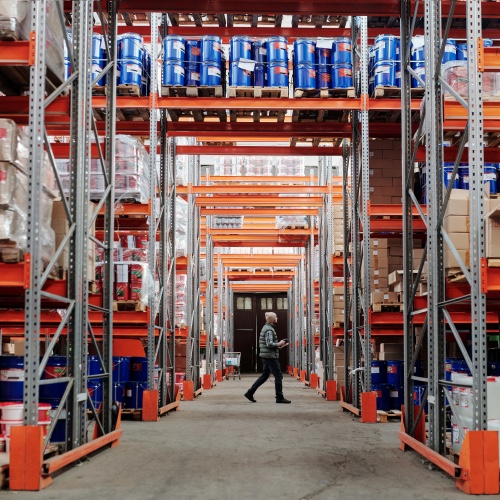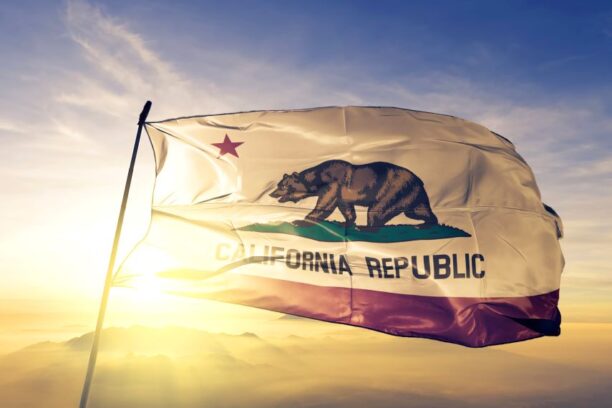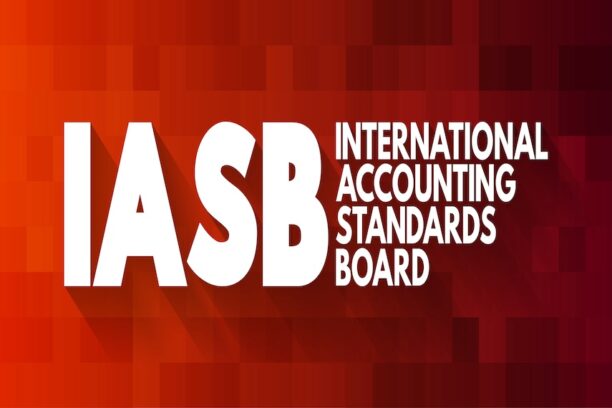There may be a risk of overloading readers with information about the new Uyghur Forced Labor Prevention Act (UFLPA), but we want to keep you updated. Yesterday, the Department of Homeland Security published a notice in the Federal Register seeking comments from the public on how best to ensure that goods, wares, articles, and merchandise mined, produced, or manufactured wholly or in part with forced labor in the People’s Republic of China are not imported into the United States. You can read our summary of the law’s requirements here with additional analysis here.
This solicitation for public input is not a surprise – it was required by the law itself and was due no later than January 26. Homeland Security poses eighteen questions for input, further explaining the list was “non-exhaustive …[and] not intended to restrict the issues that commenters may address.” The questions are as follows:
1. What are the risks of importing goods, wares, articles and merchandise mined, produced, or manufactured wholly or in part with forced labor in the People’s Republic of China, including from the Xinjiang Uyghur Autonomous Region or made by Uyghurs, Kazakhs, Kyrgyz, Tibetans, or members of other persecuted groups in any other part of the People’s Republic of China?
2. To the extent feasible, as part of the assessment of risks, what mechanisms, including the potential involvement in supply chains of entities that may use forced labor, could lead to the importation into the United States from the People’s Republic of China, including through third countries, of goods, wares, articles and merchandise mined, produced, or manufactured wholly or in part with forced labor?
3. What procedures can be implemented or improved to reduce the threats identified in Question 2?
4. What forms does the use of forced labor take in the People’s Republic of China and the Xinjiang Uyghur Autonomous Region? For example, what “pairing assistance” and “poverty alleviation” or other government labor schemes exist in the People’s Republic of China that include the forced labor of Uyghurs, Kazakhs, Kyrgyz, Tibetans, or members of other persecuted groups outside of the Xinjiang Uyghur Autonomous Region? What similar programs exist in which work or services are extracted from Uyghurs, Kazakhs, Kyrgyz, Tibetans, or members of other persecuted groups under the threat of penalty or for which they have not offered themselves voluntarily?
5. What goods are mined, produced, or manufactured wholly or in part with forced labor in the Xinjiang Uyghur Autonomous Region or by entities that work with the government of the Xinjiang Uyghur Autonomous Region to recruit, transport, transfer, harbor, or receive forced labor?
6. In addition to cotton, tomatoes, and polysilicon, are there any other sectors which should be high-priority for enforcement?
7. What unique characteristics of such high-priority sector supply chains, including cotton, tomato, and/or the polysilicon supply chains, need to be considered in developing measures to prevent the importation of goods mined, produced, or manufactured wholly or in part with forced labor in the People’s Republic of China?
8. How can the United States identify additional entities that export products that are mined, produced, or manufactured wholly or in part with forced labor in the Xinjiang Uyghur Autonomous Region or by entities that work with the government of the Xinjiang Uyghur Autonomous Region to recruit, transport, transfer, harbor, or receive forced labor?
9. How can the United States most effectively enforce the UFLPA against entities whose goods, wares, articles, or merchandise are made wholly or in part with forced labor in the People’s Republic of China and imported into the United States?
10. What efforts, initiatives, and tools and technologies should be adopted to ensure that U.S. Customs and Border Protection can accurately identify and trace goods entered at any U.S. ports in violation of section 307 of the Tariff Act of 1930, as amended?
11. What due diligence, effective supply chain tracing, and supply chain management measures can importers leverage to ensure that they do not import any goods mined, produced, or manufactured wholly or in part with forced labor from the People’s Republic of China, especially from the Xinjiang Uyghur Autonomous Region?
12. What type, nature, and extent of evidence can companies provide to reasonably demonstrate that goods originating in the People’s Republic of China were not mined, produced, or manufactured wholly or in part with forced labor in the Xinjiang Uyghur Autonomous Region?
13. What tools could provide greater clarity to companies on how to ensure upcoming importations from the People’s Republic of China were not mined, produced, or manufactured wholly or in part with forced labor in the Xinjiang Uyghur Autonomous Region? To what extent is there a need for a common set of supply chain traceability and verification standards, through a widely endorsed protocol and what current government or private sector infrastructure exists to support such a protocol?
14. What type, nature, and extent of evidence can demonstrate that goods originating in the People’s Republic of China, including goods detained or seized pursuant to section 307 of the Tariff Act of 1930, as amended, were not mined, produced, or manufactured wholly or in part with forced labor?
15. What measures can be taken to trace the origin of goods, offer greater supply chain transparency, and identify third-country supply chain routes for goods mined, produced, or manufactured wholly or in part with forced labor in the People’s Republic of China?
16. How can the U.S. Government coordinate and collaborate on an ongoing basis with appropriate nongovernmental organizations and private sector entities to implement and update the strategy that the Forced Labor Enforcement Task Force (FLETF) will produce pursuant to the UFLPA?
17. How can the U.S. Government improve coordination with nongovernmental organizations and the private sector to combat forced labor in supply chains, and how can these serve as a model to support implementation of the UFLPA?
18. Is there any additional information the FLETF should consider related to how best to implement the UFLPA, including other measures for ensuring that goods mined, produced, or manufactured wholly or in part with forced labor do not enter the United States?
Comments must be received by Homeland Security on or before March 10, 2022 at 11:59 p.m. EST. Instructions on how to do so are included in the Federal Register notice.










